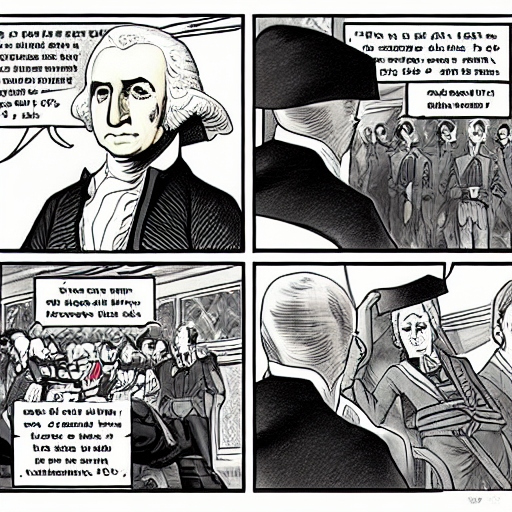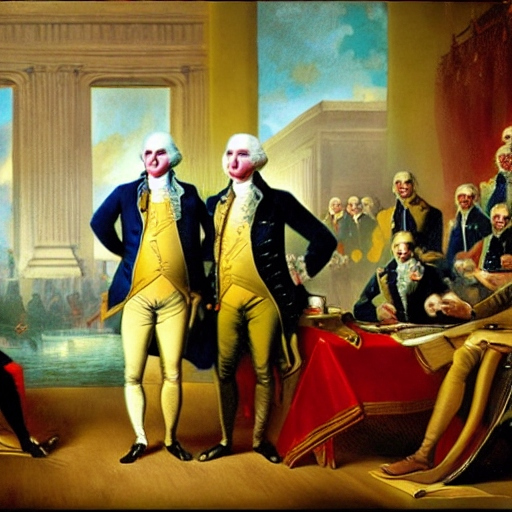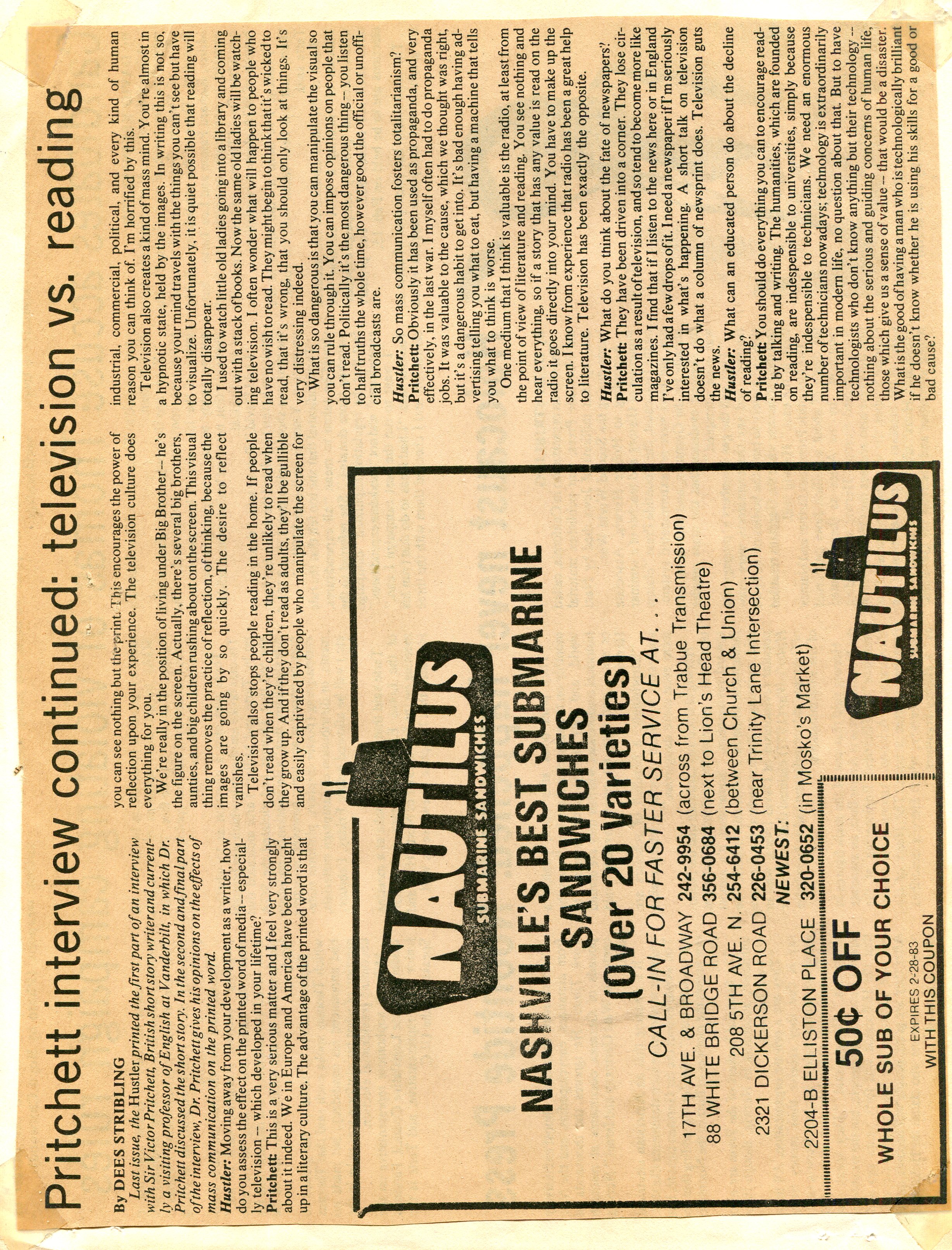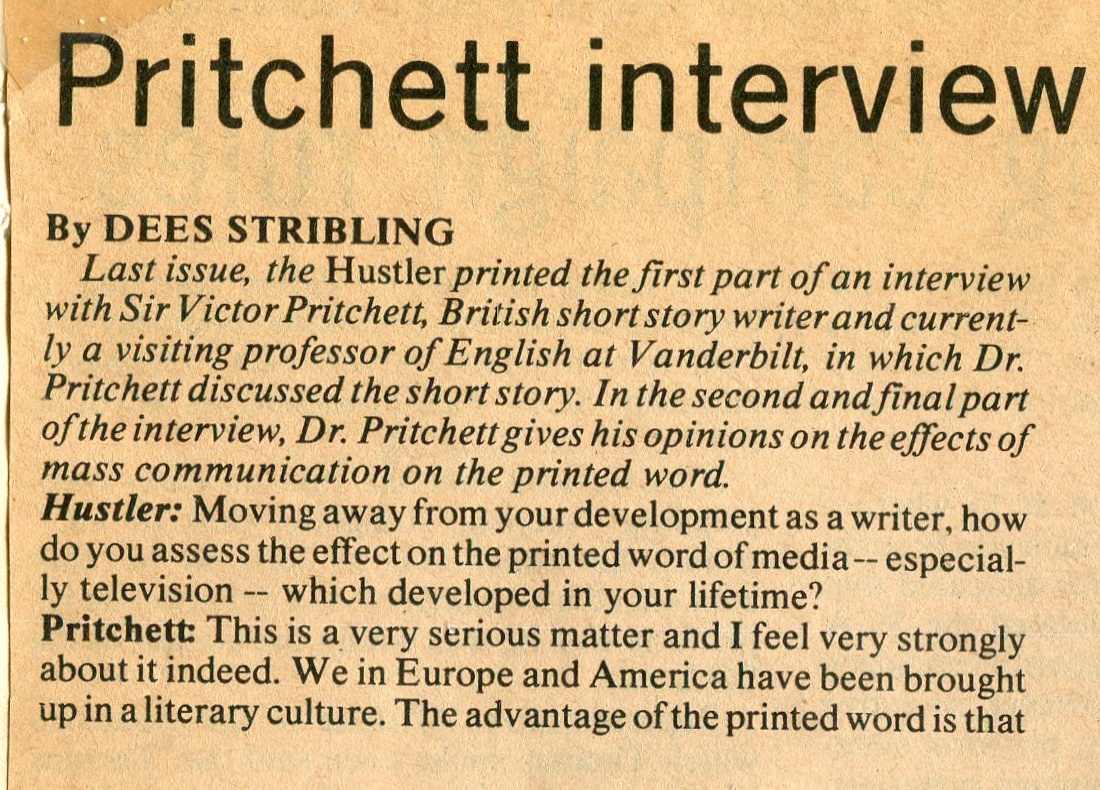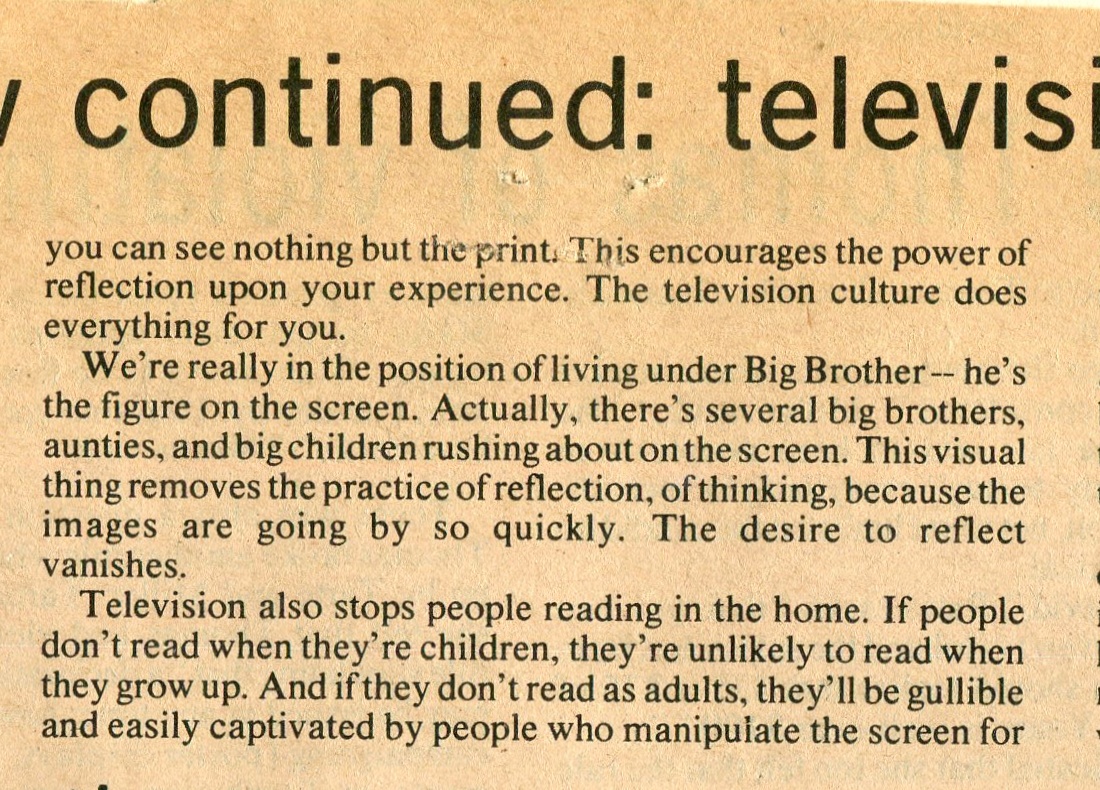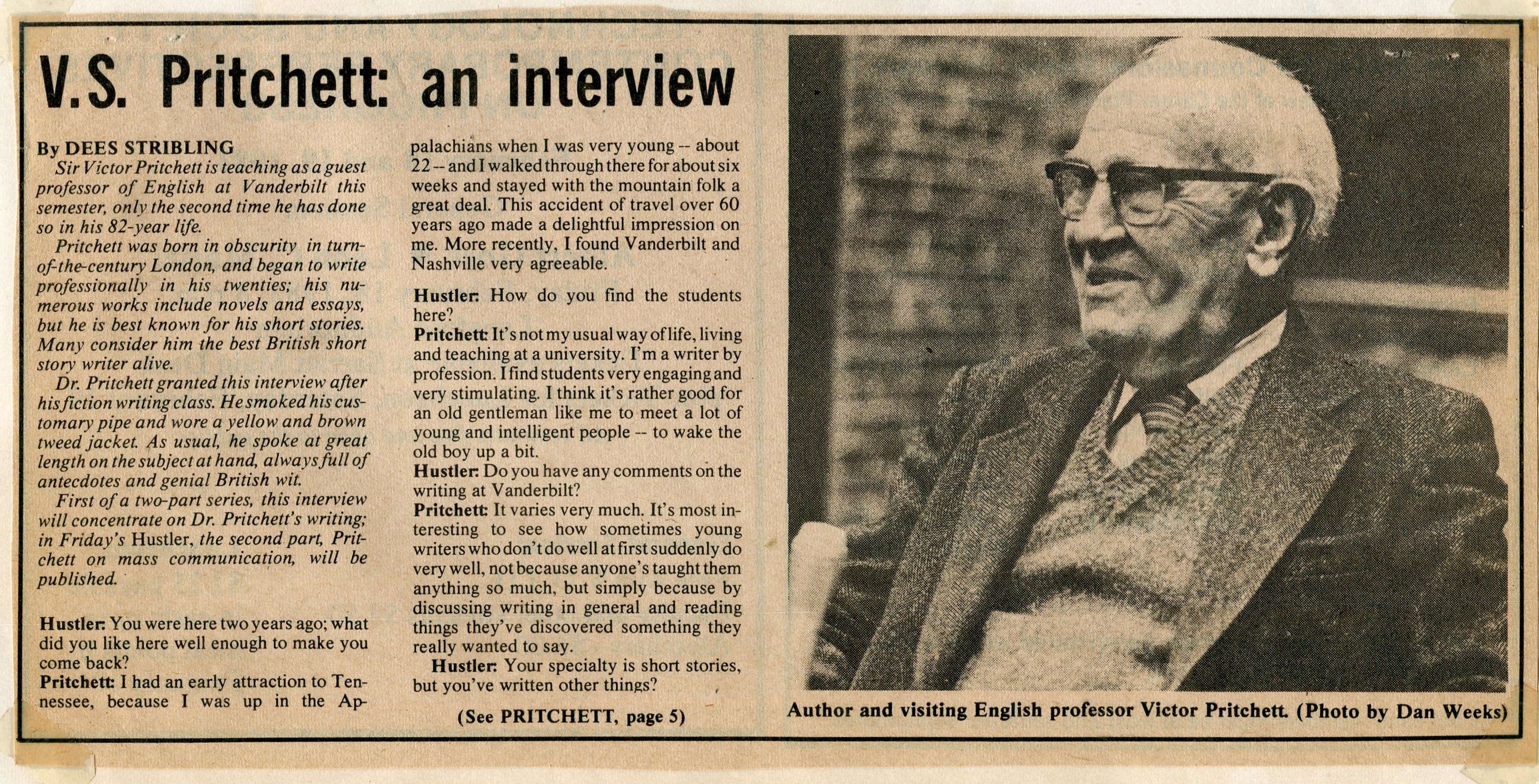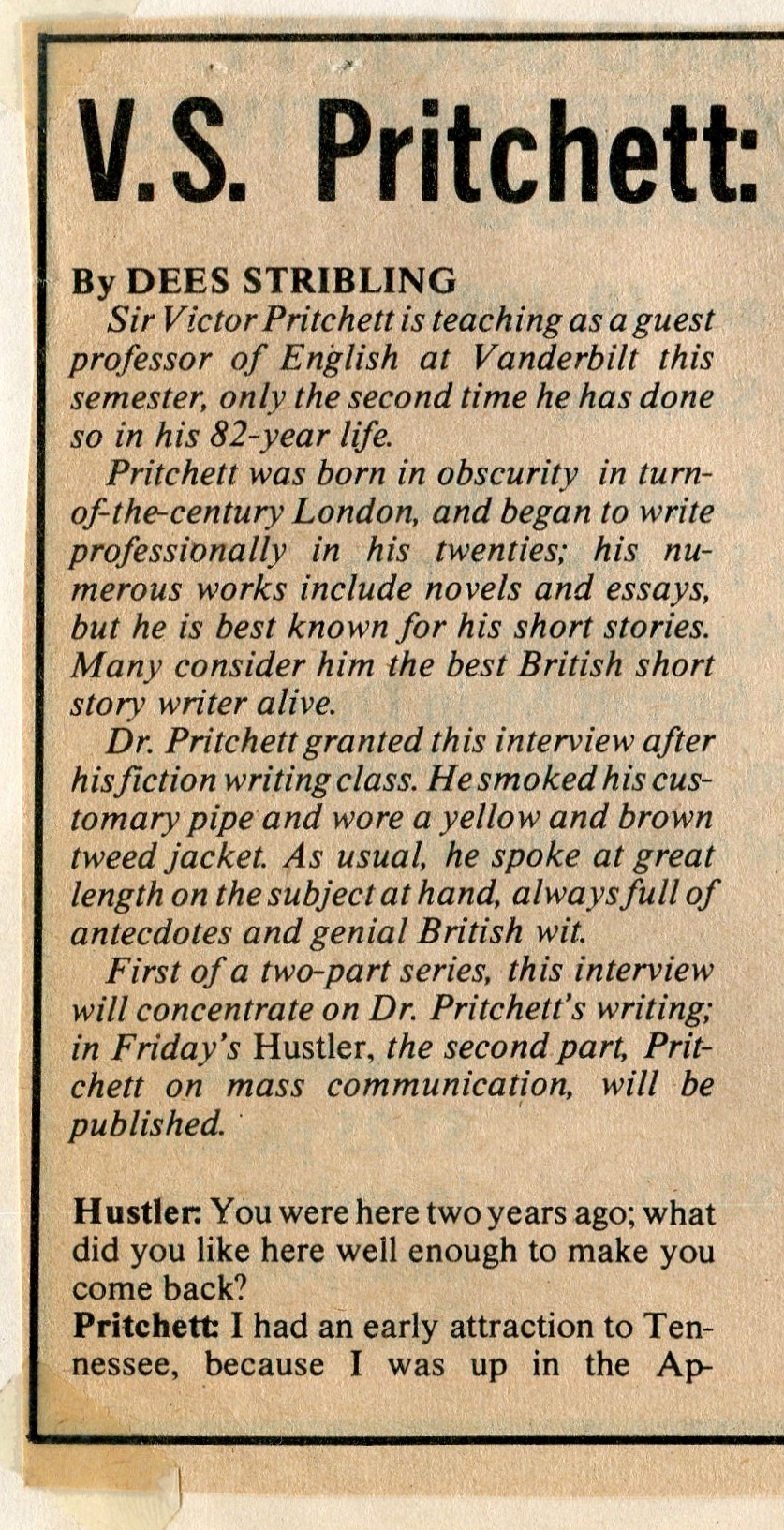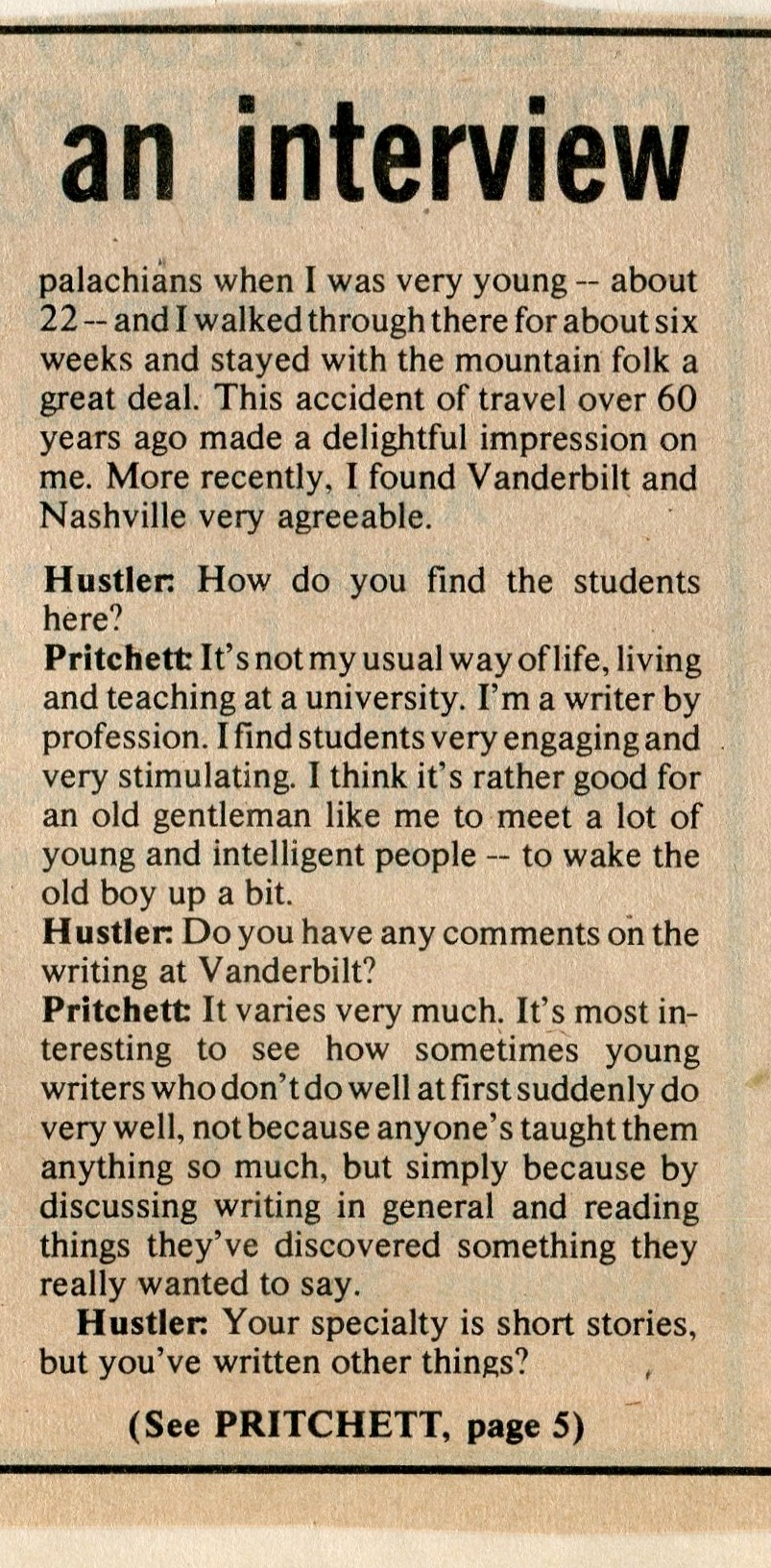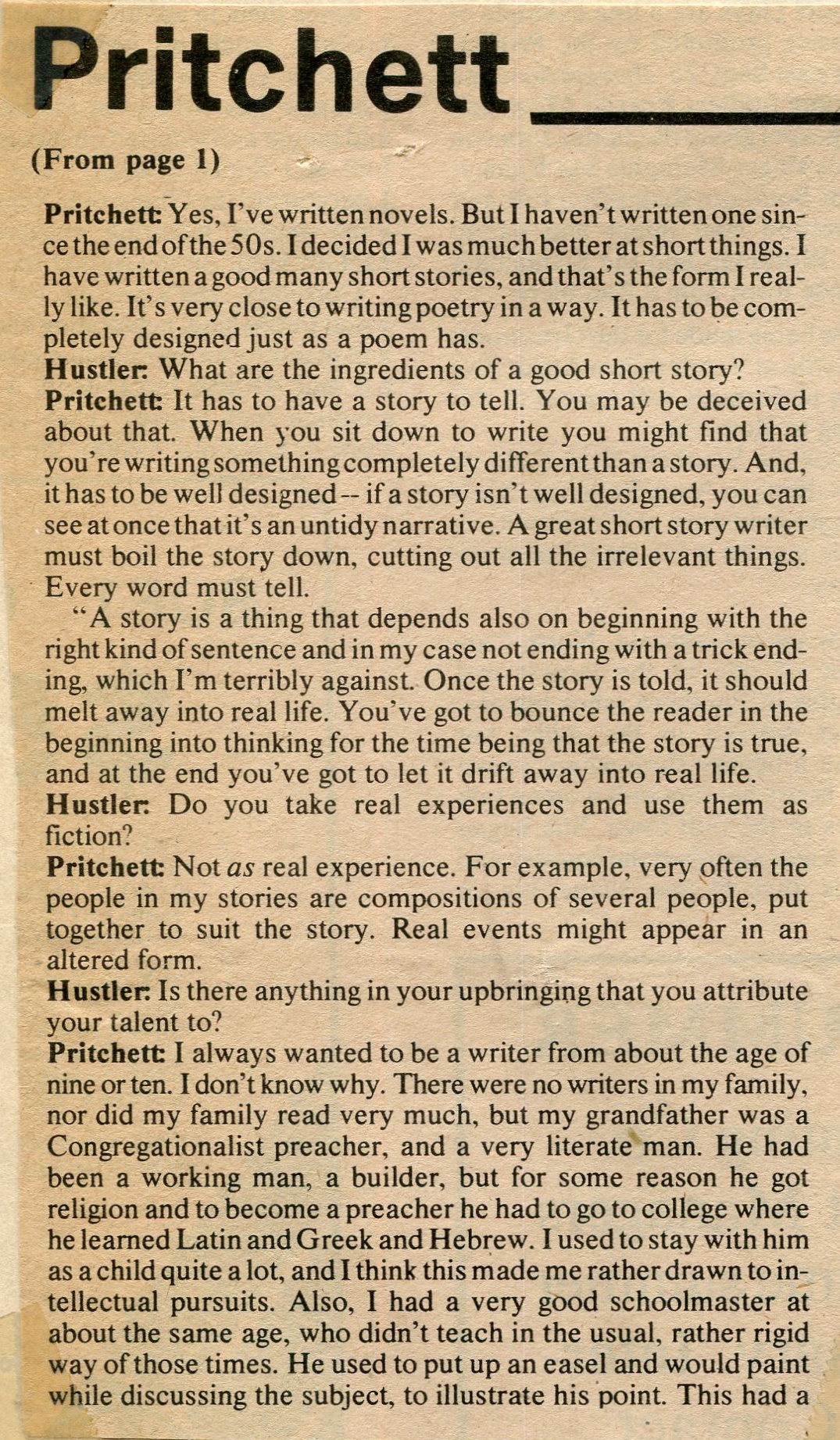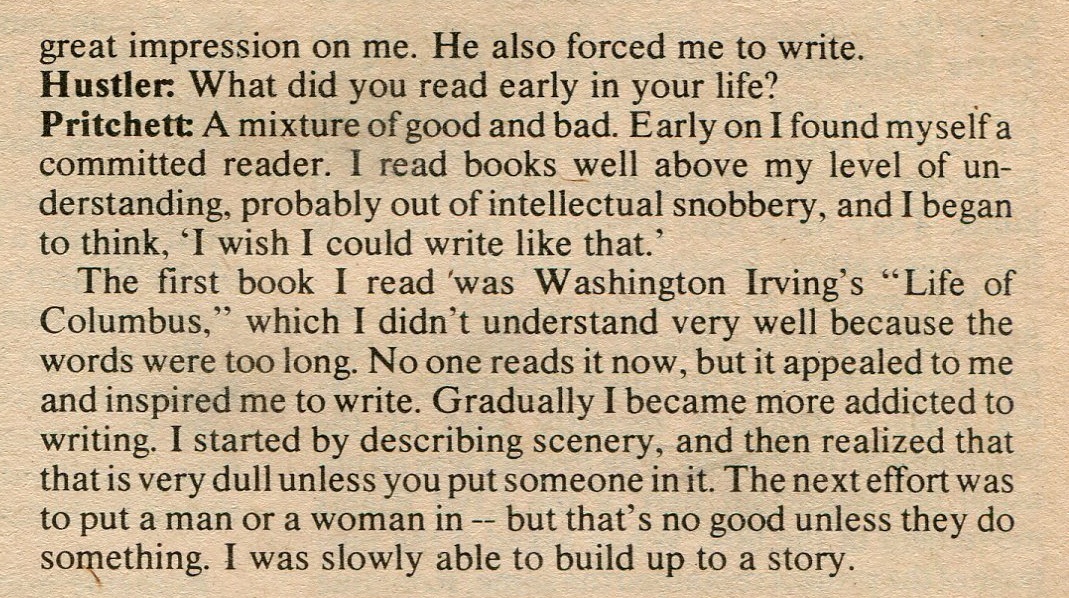I spent part of Sunday afternoon in Waukegan, a sizable far north Chicago suburb and in fact county seat of Lake County, Illinois. Not my first visit, but a bit out my usual orbit, halfway through that county on the way to Wisconsin and along the shore of Lake Michigan. The day was chilly, but not bad for February, so I set out on foot downtown for a few minutes.
The Lake County Courthouse & Administrative Building isn’t from the classic period of courthouse development, which would be more than 100 years ago now. It’s from the classic period of brutalism (1969), at least in this country.
The Civil War memorial in front (?) is an echo from an earlier time.
I took a drive too, looking for steeples. I knew most any church would be closed already, so I went looking for beautiful or interesting exteriors, and I found one tucked away in a neighborhood not far from downtown. While beauty isn’t quite the word for it, it certainly caught and held my attention.
Completed in 1964 as St. Anastasia Church, since 2020 the building has been home to St. Anastasia and St. Dismas Church, which combined are known as Little Flower Catholic Parish – part of the wave of ecclesiastical consolidation in our time.


The unusual design – at least, I’d never see the likes of it – was by mid-century modernist I.W. Colburn (d. 1992).
“This church… is a simple brick rectangle with arch motifs embracing in a succession of domed tiers on the corners and sides of the building,” reported the Chicago Tribune in 2016. “There are two larger versions of this form extended above the flat roof, which appear as towers. The rear domed tier rises over the main alter and carries an enormous cross on its crown.
“The walls of the building have a patterned surface due to the fact that some of the bricks protrude one half of their length from the flat wall. A portion of the wall is constructed of multicolored glass bricks and is most noticeable from the interior when the sun’s light shines through them filling the church with radiant color. The light thus becomes part of the service.”
Closed, as I thought, but maybe during a future Waukegan Tour of Homes, it will be open. Here’s a picture of the interior, decked out for Christmas.
“The interior repeats the motif of the exterior arches,” according to the Tribune. “The red brick, slate floor, glass and wood, mosaics representing the Stations of the Cross, illuminating skylight, and bronze crucifix over the altar give the worshipper the feeling of having entered a medieval monastery.”
My wanderings took me to a few other Waukegan churches, such as an older Catholic church on the edge of downtown. It says Church of the Immaculate Conception, carved over the entrance in stone, but these days it’s Most Blessed Trinity Catholic Church, the creation of a consolidation of six historic parishes.

Christ Episcopal Church, completed in 1888 and designed by Willoughby Edbrooke and Franklin Burnham of Chicago, who also did the Georgia State Capitol and the Milwaukee Federal Building.
The was enough churches for the day. The sun was going down, for one thing, but also once you’ve seen the Alpha and Omega, that’s enough for any day.


